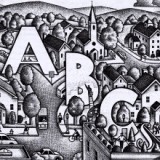Single-Family-Only Zones
…a requirement of single-family-only zoning districts. Moreover, as time would prove, the courts would not look favorably on attempts by municipalities to specify conditions of occupancy (rental, ownership, lease, etc.) in their zoning codes. Even…


